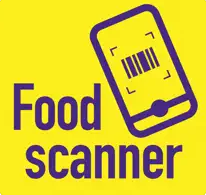Healthy Eating Resources
It is important to eat a healthy, balanced diet in order to give your body all the nutrients it needs in order to maintain good inner health.
Eating well will not only keep you healthy, but also reduce the risk of you developing other conditions such as Pain, Diabetes and Heart Disease.
What is a "Balanced Diet"?
When you eat a "Balanced Diet" you are providing your body with all the nutrients it needs to support your health, and prevent diseases.
This means eating a variety of foods from the different food groups; Fruits and Vegetables, Carbohydrates, Proteins, Dairy and Fats & Oils.
How to Build a Balanced Meal
The EatWell Guide from Gov.UK shows how much of each food group we should include in our diet, to achieve an overall healthy and balanced diet, ad hat is included in each food group.
Using the EatWell Guide, you can pick foods from each good group to build your meal, or use it as a reference for what you should consume within a week.
Helpful Tip: Print a copy of the EatWell Plate and keep it in your kitchen as a reminder of the portion sizes you should be aiming for.
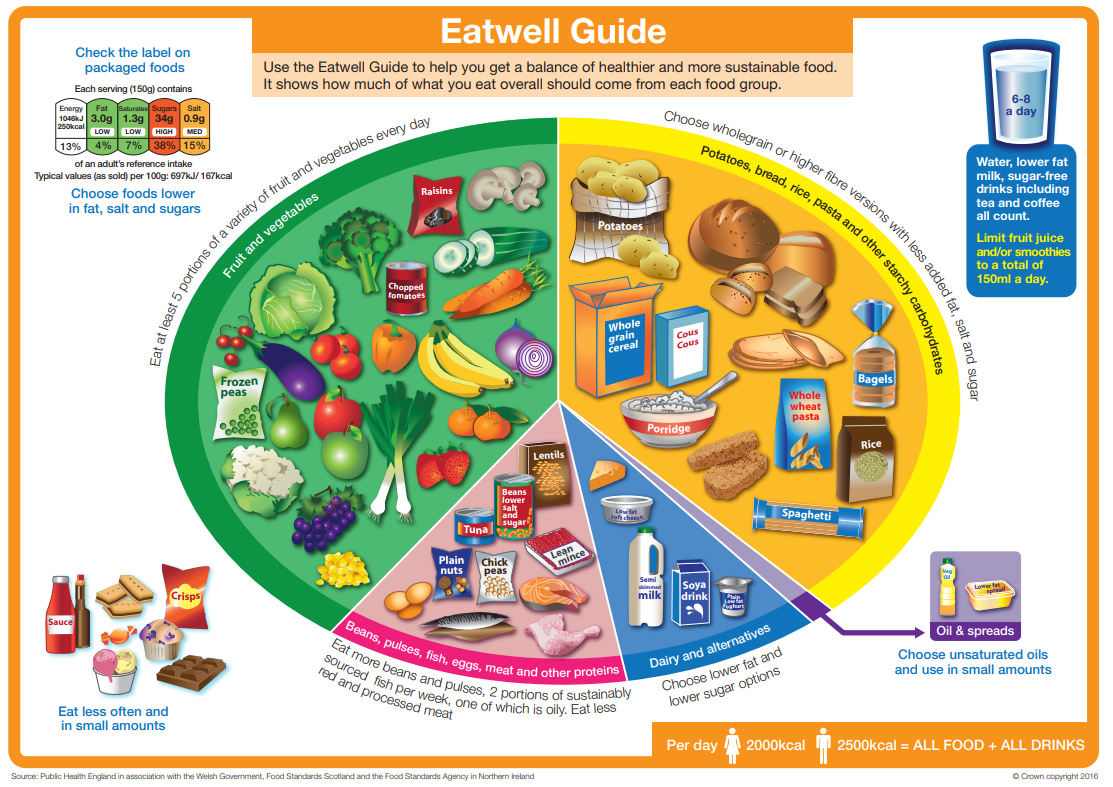
Low Carb Diet
Eating a low-carb diet means cutting down the amount of carbohydrates you eat to less than 130g a day.
The benefits of a low carb diet include:
- Improved Weight Loss
- Less chance of high sugar levels occurring
- More Energy
- Clearer Thinking
- Lower risk of developing long term conditions such as Diabetes or Heart Conditions.
The Freshwell App
The Freshwell App is a great resource for anyone looking to lose weight, or try a low-carb diet. It was created by the Freshwell Health Centre to encourage people to lose weight using their successful methods.

- Weekly Modules - Why a low-carb lifestyle may benefit you
- Sugar Graphics - Showing the sugar equivalent of some common foods.
- Meal Planner - Including some recipes to start you off.
- Progress Tracker - A simple tracker and BMI Calculator to keep track of weight.
Learn more about the Freshwell Low Carb Project on their Website, which contains resources for Meal Planners, Podcasts, Videos and more to help you on your Low-Carb Journey.
Recipes and Cookbooks
If you're struggling to come up with ideas for healthy, balanced meals, you're in the right place!
We have gathered links to recipe books and websites that focus on creating balanced meals to support your inner health and weight loss.
Nutrition
Healthy Eating isn't always about eating less calories. It is important that your body is getting all the nutrients it needs to keep you well.
Help to Gain Weight
If you have lost weight, eg. due to illness, there are lots of resources availabe to help you get nutrients into your body.
How Healthy is my Food Shop?
It is very easy to get into a rhythm with our weekly food shops; buying the same things to keep the cupboards stocked.
But did you know, there are lots of little swaps you can make to your weekly shop that will have a big difference to your overall diet?
The NHS Food Scanner App allows you to scan the barcode of your chosen food with your phone camera, and see the traffic light labels, and healthier options available.
The British Heart Foundation have also put together a guide to healthy swaps which you can apply to almost any meal!
Traffic Light System
You may see traffic light labels on your food packaging. This gives you information about the nutritional content of the food.
Foods are split into categories:
-
Red Foods should be avoided as much as possible.
-
Amber foods are okay in Moderation.
-
Green Foods that you can have as much of as you would like!
To find out more about The Traffic Light System Download the PDF guide or visit the Low Carb website.
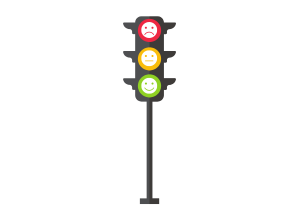
Eating "Real Foods"
The most important part of good nutrition is to ensure that you are eating "real food". This is food that is minimally processed, or unprocessed.
Ultra-Processed foods are intended for us to keep going back for more, even if we're not hungry!
You will be able to recognise these foods as having a long list of ingredients which may include items that you would not usually cook at home.
If you're interested in learning more about the foods that we consume, and how ultra-processed foods can be linked to our declining health, the BBC Documentary "Irresistable: Why We Can't Stop Eating" is linked on our facebook page.
You can also find out more in this leaflet from the Public Health Collaboration.
Public Health Collaboration Resources
How Much Sugar is in Your Food?
The Public Health Collaboration have put together some useful infographics to illustrate how much sugar is in the food we eat.
If you are on a budget, and struggling to find "Real Food" on a budget, the PHC have created a guide with tips for finding Real Food on a Real Budget.
For those who really want to understand healthy eating, or prefer to watch rather than read, the PHC have lots of videos on their YouTube Channel.
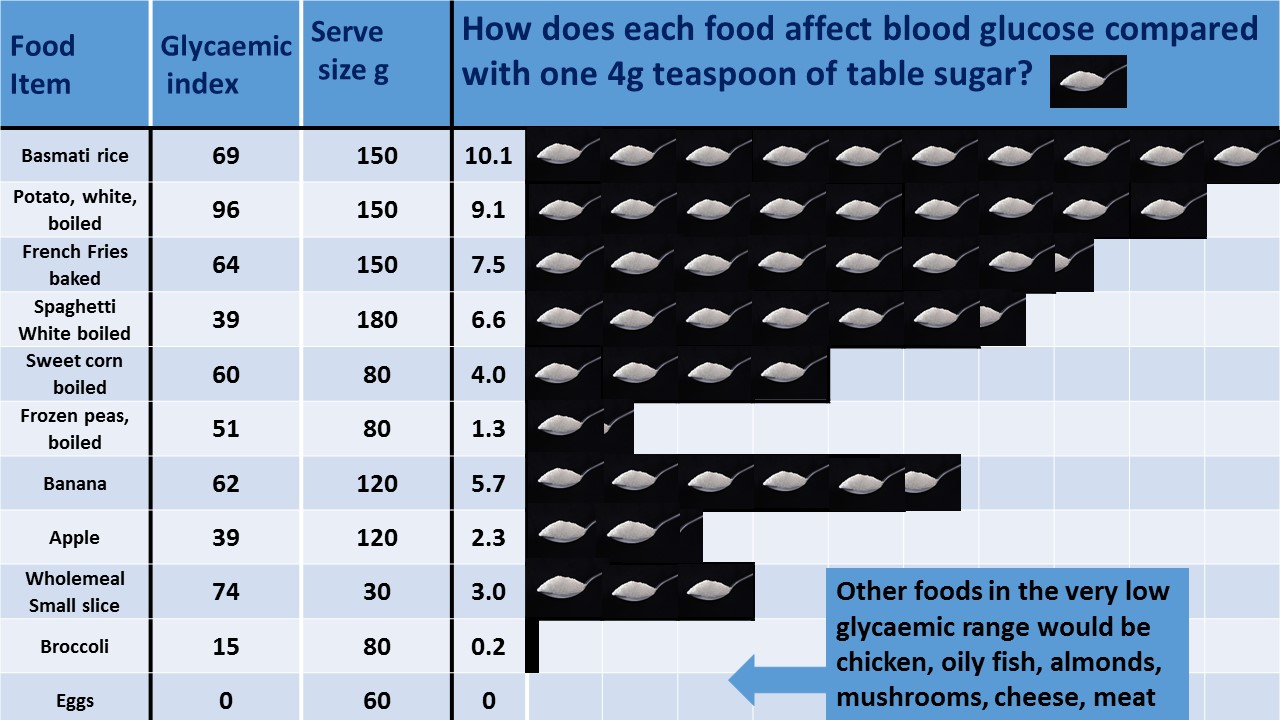
Additional Resources
Last updated 19/05/2025


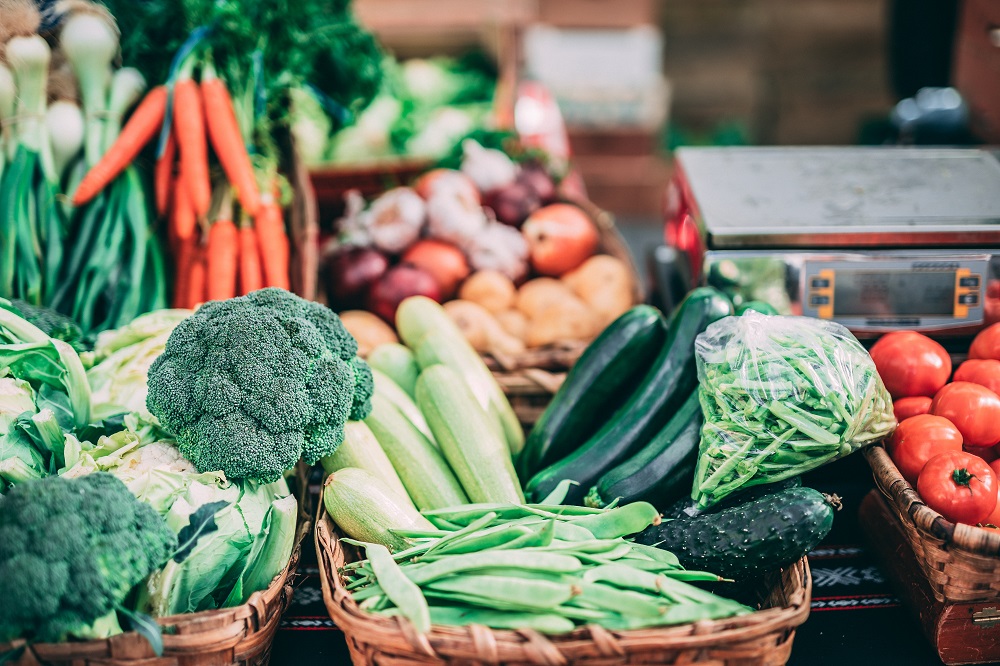
 Nourishing Drinks
Nourishing Drinks